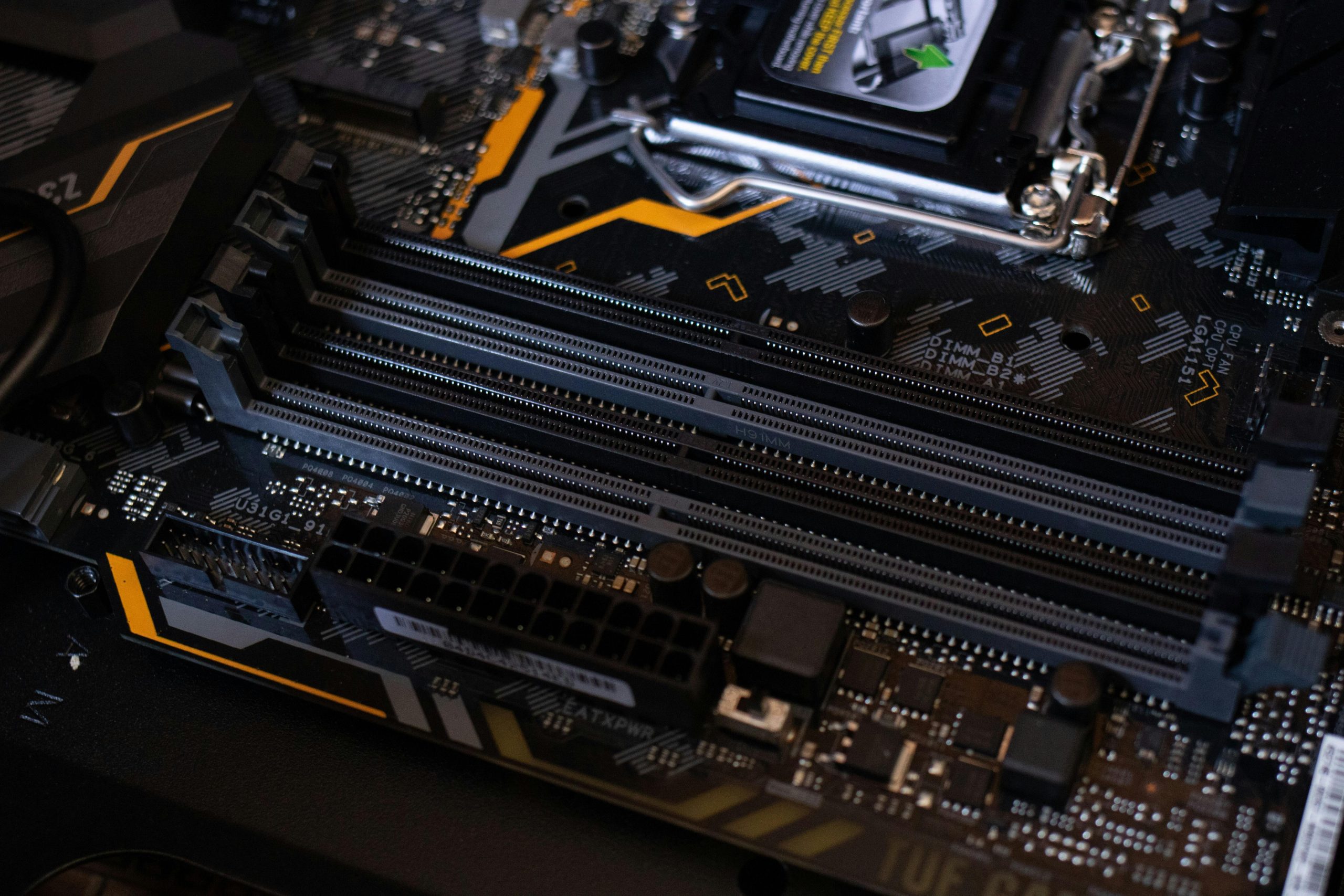Troubleshooting a Sluggish Computer: Tips to Improve Performance and Speed
Are you experiencing slow computer performance, with your CPU consistently running at 100% utilization? If so, you’re not alone—many users encounter these issues, especially with older or previously used devices. Fortunately, there are several steps you can take to enhance your computer’s speed and overall responsiveness, even if you’re not familiar with technical maintenance.
Understanding CPU Usage and System Slowdowns
When your CPU is working at full capacity constantly, it often indicates that your system is overwhelmed—possibly due to background processes, unnecessary startup programs, outdated software, or malware. High CPU usage can cause symptoms such as frequent freezing, lagging, or an inability to smoothly stream videos like YouTube.
Practical Steps to Improve Your Computer’s Speed
-
Identify Resource-Intensive Processes
-
Windows: Press
Ctrl + Shift + Escto open the Task Manager. Click on the “Processes” tab and look for items consuming high CPU resources. - Mac: Open “Activity Monitor” from Applications > Utilities. Check the “% CPU” column to identify resource-heavy applications.
Ending unnecessary processes can free up CPU resources and improve performance.
- Disable Startup Programs
Many applications automatically start when your computer boots, consuming resources unnecessarily.
- Windows: In Task Manager, go to the “Startup” tab and disable programs you don’t need at startup.
-
Mac: Go to System Preferences > Users & Groups > Login Items, and remove non-essential apps.
-
Update Your Operating System and Drivers
Outdated software can cause performance issues. Ensure your OS and hardware drivers are up to date:
- Windows Update can be accessed via Settings > Update & Security.
-
Mac users can check for updates in System Preferences > Software Update.
-
Run Malware and Virus Scans
Malware can hijack system resources, leading to high CPU usage. Use reputable antivirus software to perform a full scan.
- Clear Temporary Files and Junk
Removing unnecessary temporary files can improve system responsiveness:
- Windows: Use Disk Cleanup utility.
-
Mac: Use built-in storage management tools or third-party cleaners.
-
Consider Hardware Upgrades
If your device is still slow after software optimizations, it might benefit from hardware upgrades, such as increasing RAM or replacing an HDD with an SSD. Consulting a professional
Share this content:



